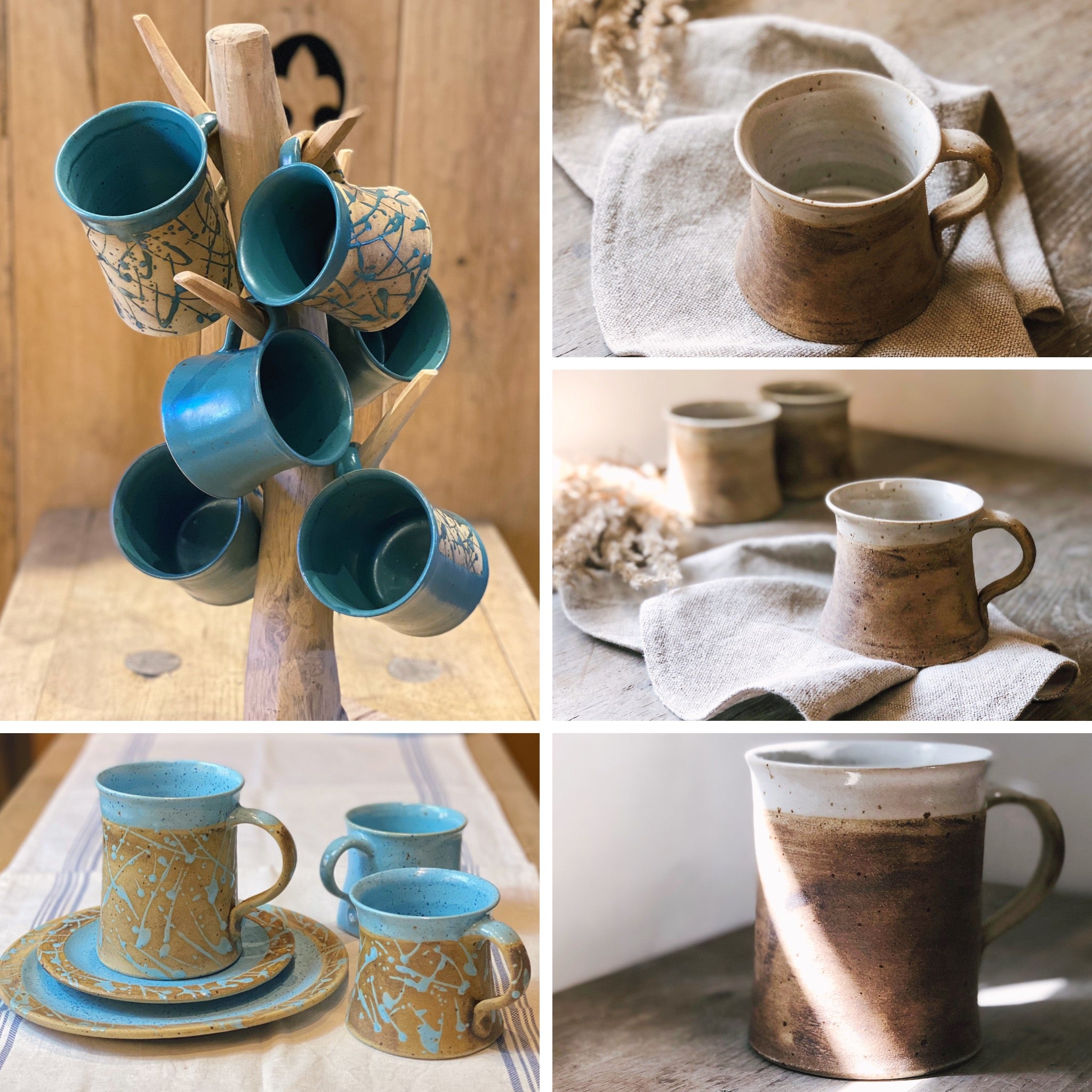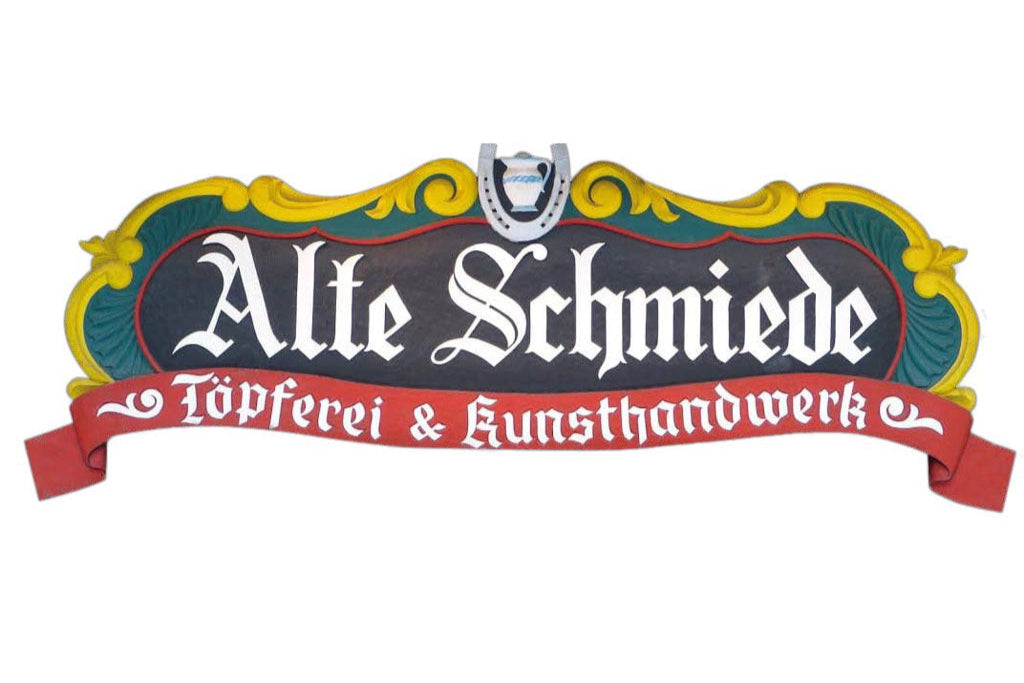Home
The history of pottery to the present day
The basics of pottery: materials and their importance

The basics of pottery: materials and their importance
Pottery is a fascinating art form that requires both creativity and technical skill. To create a successful ceramic work, the right materials are crucial. In this blog post, we would like to introduce you to the basic materials used in pottery and explain their respective roles in the creative process.
1. Ton
Clay is the heart of any pottery work. It is a naturally occurring material consisting mainly of fine mineral particles and is malleable when wet. There are several different types of clay, each with different properties and uses:
- Earthenware : A versatile clay fired at low to medium temperatures, it is good for beginners because it is easy to handle.
- Stoneware : A robust clay that is fired at higher temperatures to form a denser, harder surface. It is ideal for functional ceramics such as tableware.
- Porcelain : A very fine, white clay fired at very high temperatures. Porcelain is known for its translucency and is often used for high-quality ceramics and sculptures.

The picture shows the ceramic artist throwing a bowl. We use stoneware clay, which we then have mixed with spots and splits.
2. Water
Water plays a crucial role in the pottery process. It is used to make the clay pliable and malleable. Water is often added during the molding process to keep the clay moist and prevent cracking. Water is also needed to keep tools and hands clean.
3. Glazes
Glazes are liquid mixtures of minerals and other substances that are applied to the surface of dried or fired clay. They serve several functions:
- Aesthetics : Glazes add color, shine and texture to ceramic pieces.
- Protection : They seal the surface of the clay and make it waterproof, increasing the durability of the piece.
- Food safety : Glazes can make ceramics food safe by preventing harmful substances from the clay from leaching into food or drinks.
4. Tools
While clay, water and glazes are the main materials in pottery, various tools are also essential:
- Potter’s wheel : For turning symmetrical vessels and shapes.
- Loops and modelling tools : For cutting, shaping and decorating the clay.
- Sponges and brushes : For applying water and glazes as well as for smoothing and decorating the surface.
5. Kilns
Kilns are special ovens that reach high temperatures to fire the clay into ceramics. There are several different types of kilns, including electric, gas-fired and wood-fired. Each type of kiln has its own advantages and disadvantages and affects the final result of the ceramics.
Conclusion
Pottery is a versatile craft that relies on a solid foundation of materials. Clay, water, glazes, tools and kilns all play a crucial role in the creative process and help create unique and durable ceramic pieces. By understanding the properties and applications of these fundamental materials, one can improve one's pottery skills and realize one's creative visions.
Share

